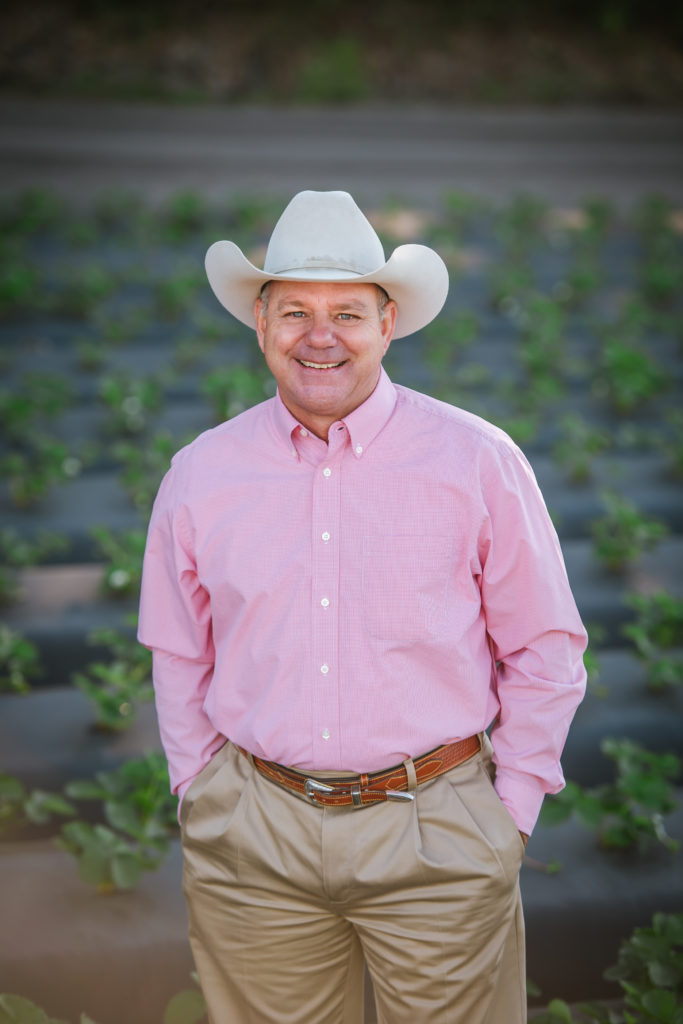
By Kenneth Parker
Committed Florida Strawberry Industry Back on Track
For over a century, eastern Hillsborough County has been the cornerstone of the Florida strawberry industry. Today, the industry spans nearly 15,000 acres and contributes more than $1.5 billion to the local economy in eastern Hillsborough alone. The industry is composed of 65 farm families, many of whom have been farming for multiple generations and have expanded their operations over time. In all the years strawberries have been in production in this region of the state, it has been generations since a direct hit from a hurricane has impacted the Tampa Bay area.
Hurricane Milton
Hurricane Milton made a historic impact on the Florida strawberry industry, as it was the first storm in recent memory to make landfall in the region while strawberry plants were in the ground. At the time the storm made landfall, approximately half of the state’s strawberry acreage was already planted.
Growers were left uncertain about the condition of their fields in the storm’s aftermath. The impact farms experienced varied significantly based on where they were located geographically around the state. The south side of Hurricane Milton saw higher winds, whereas the north side of the storm brought more rain and flooding to lower-lying areas.
Despite these impacts, the industry was thankful to report there were no agricultural-related loss of life or injuries following the storm. This is a testament to the safety commitment among the farm families who make up the Florida strawberry industry.
Resilience and Diligence
While the initial reaction to Hurricane Milton was one of uncertainty, the prevailing sentiment quickly shifted to one of resilience. Immediately following the storm, Florida strawberry growers quickly moved into action to get their farms back into working condition. Each day, farmers and farmworkers worked diligently to address priority areas on their farms, fix plastic mulch and move forward with finishing planting their fields.
By the week following Hurricane Milton, the industry was well on its way to achieving the goal of finishing planting strawberries before the first week of November. The importance of hitting this deadline is critical for ensuring fresh strawberries are available at grocery stores during the peak holiday season. Growers have been committed to working diligently to ensure fresh Florida strawberries are in stock in stores from Thanksgiving to Easter. This commitment was further supported when the first flat of the year was harvested on Oct. 30.
Federal Support Needed
Although Florida growers were able to get their farms back into working order with great efficiency, this came at a tremendous cost. The cost of input materials such as replacement plastic mulch and drip tube irrigation as well as the labor to fix the fields by hand has posed a significant toll on the bottom line for farms. Many farms had to rent or purchase generators to maintain essential services for farmworkers and operations.
To help offset these unforeseen expenses, efficient and timely relief is critical. Local, state and federal elected officials from Florida are all in unison in the request to the U.S. Department of Agriculture to approve and issue block grant funding. The unified bipartisan support of elected officials, combined with the diligent efforts of Florida strawberry growers and farmworkers, has further mirrored the resilience of the industry as it enters the start of the season.
Kenneth Parker is the executive director of the Florida Strawberry Growers Association.










